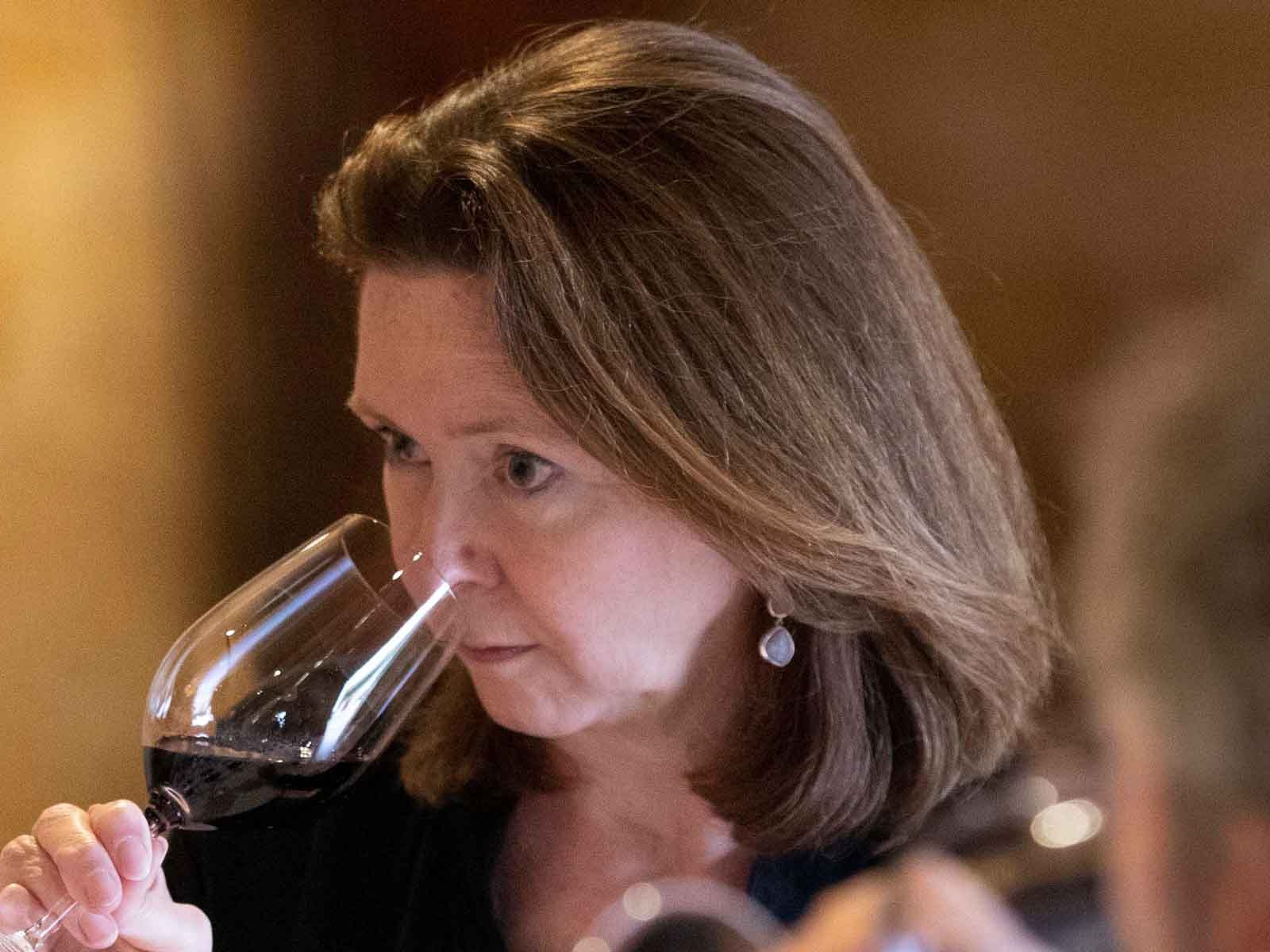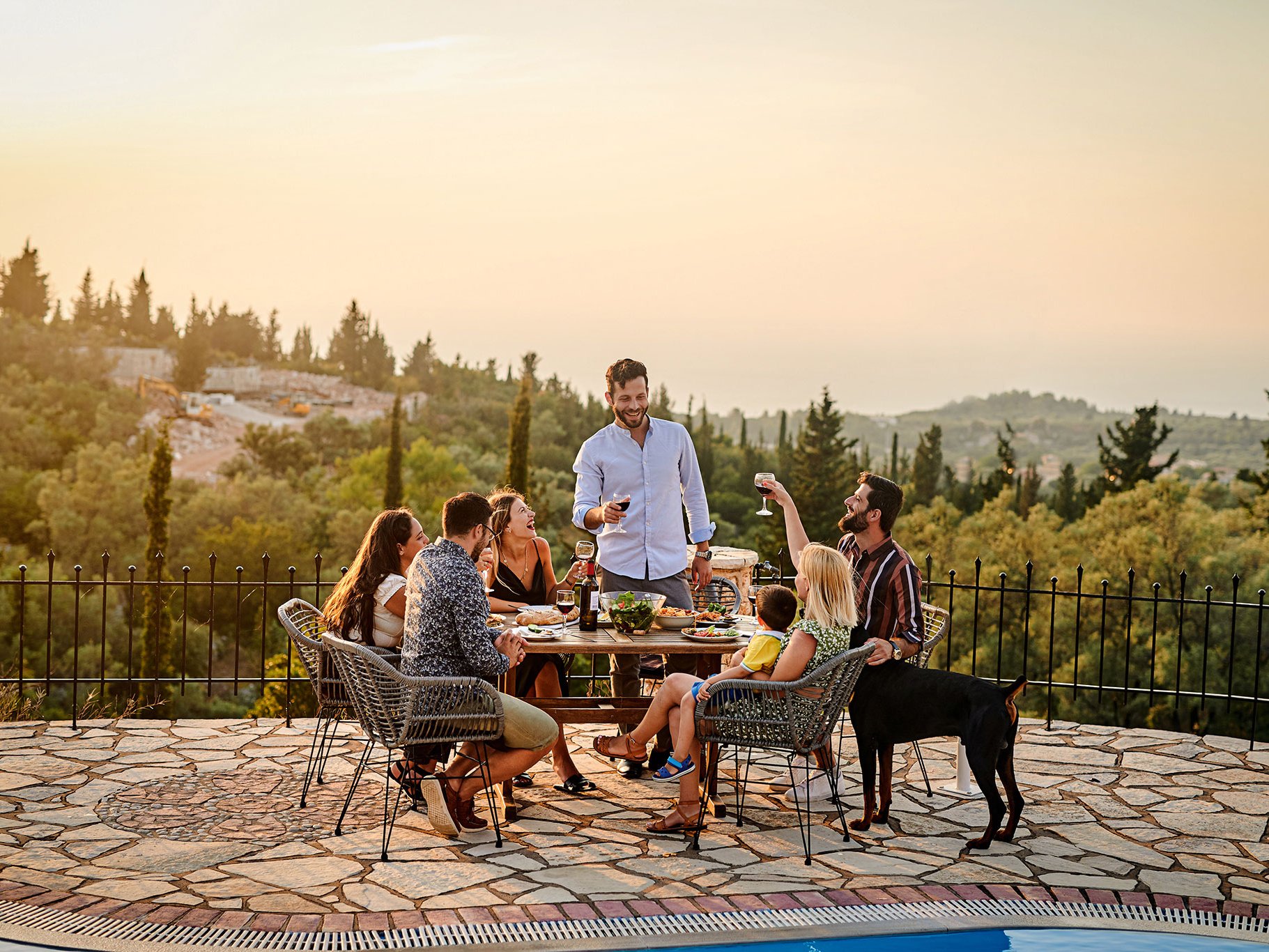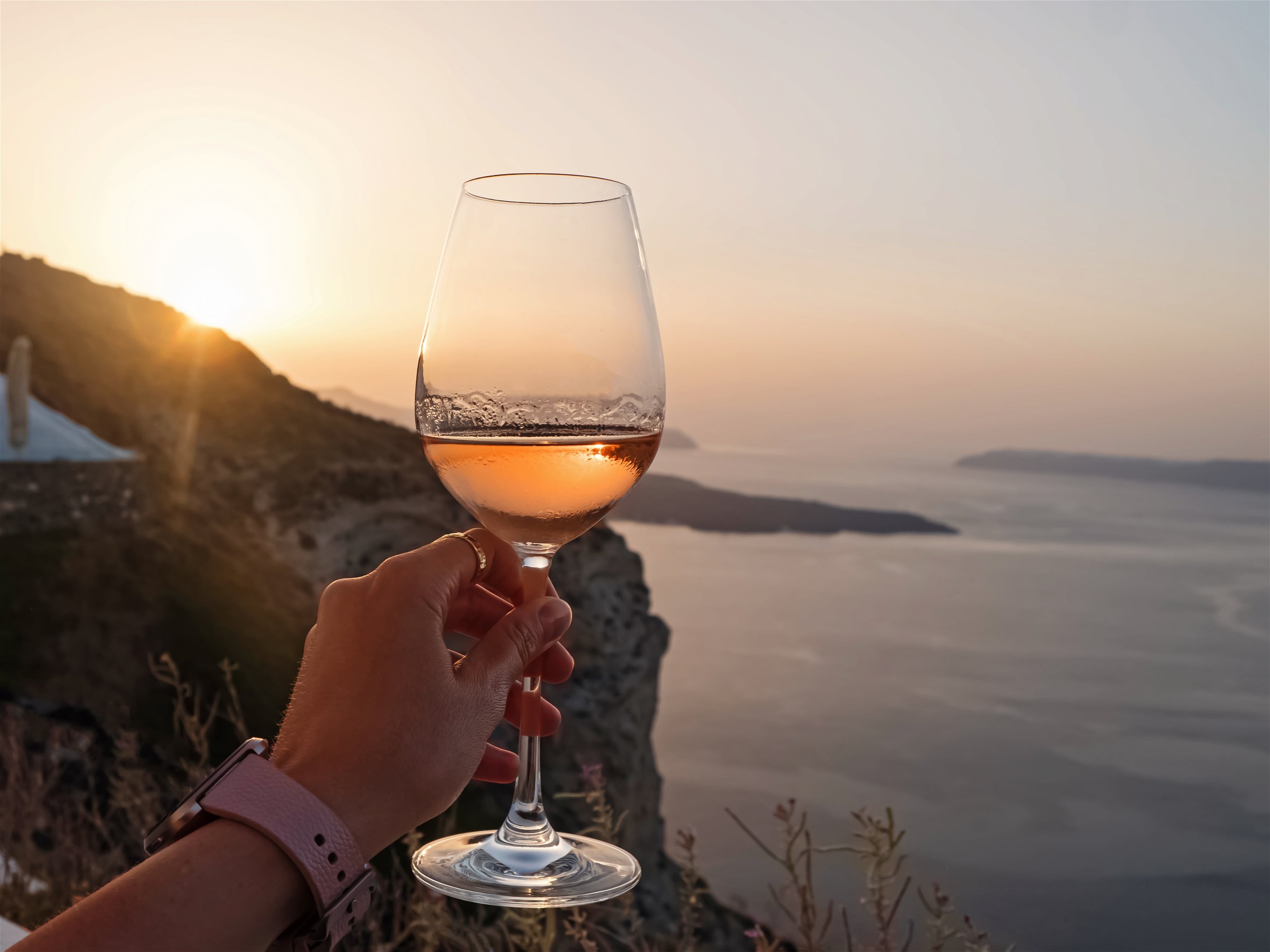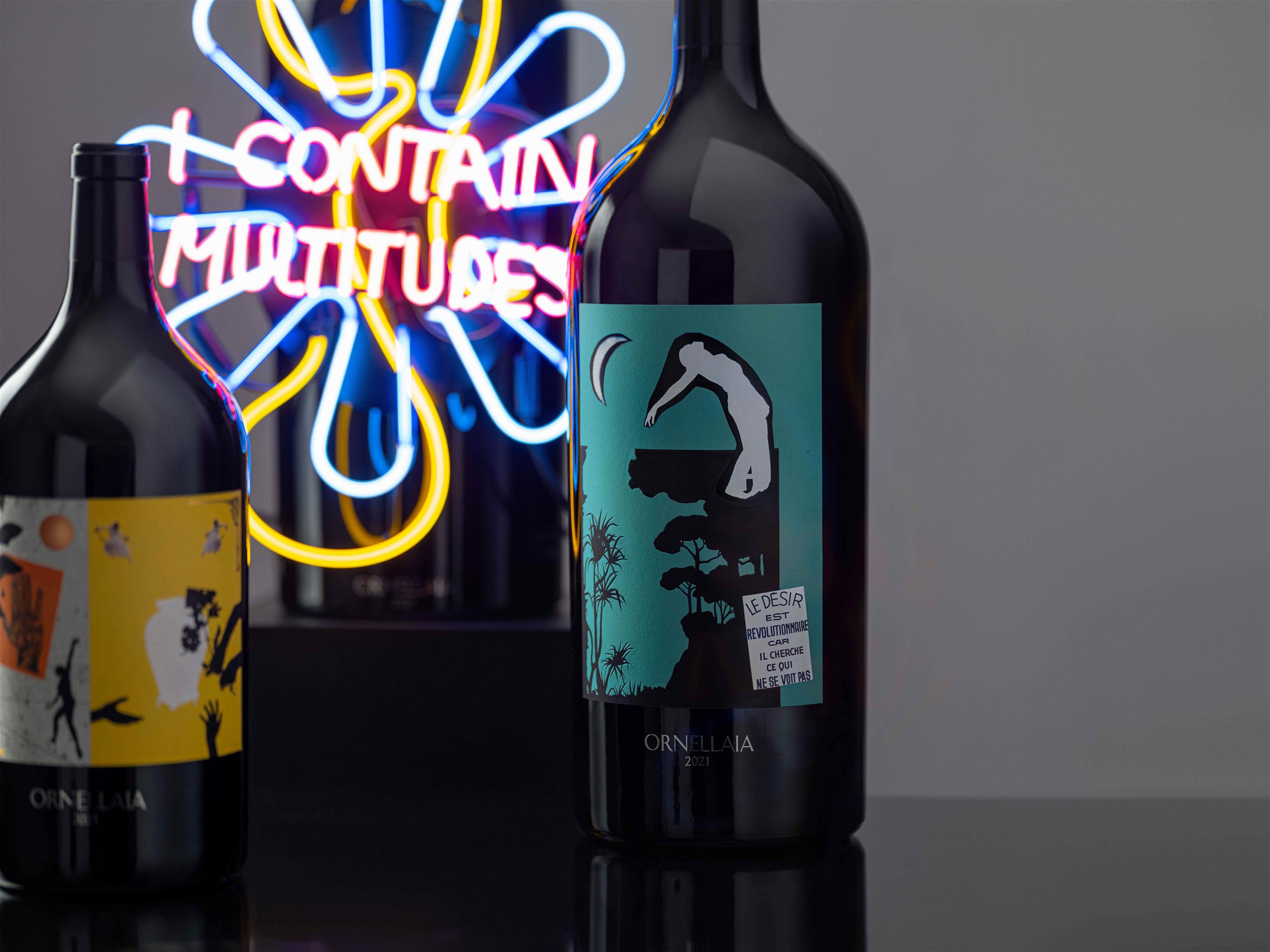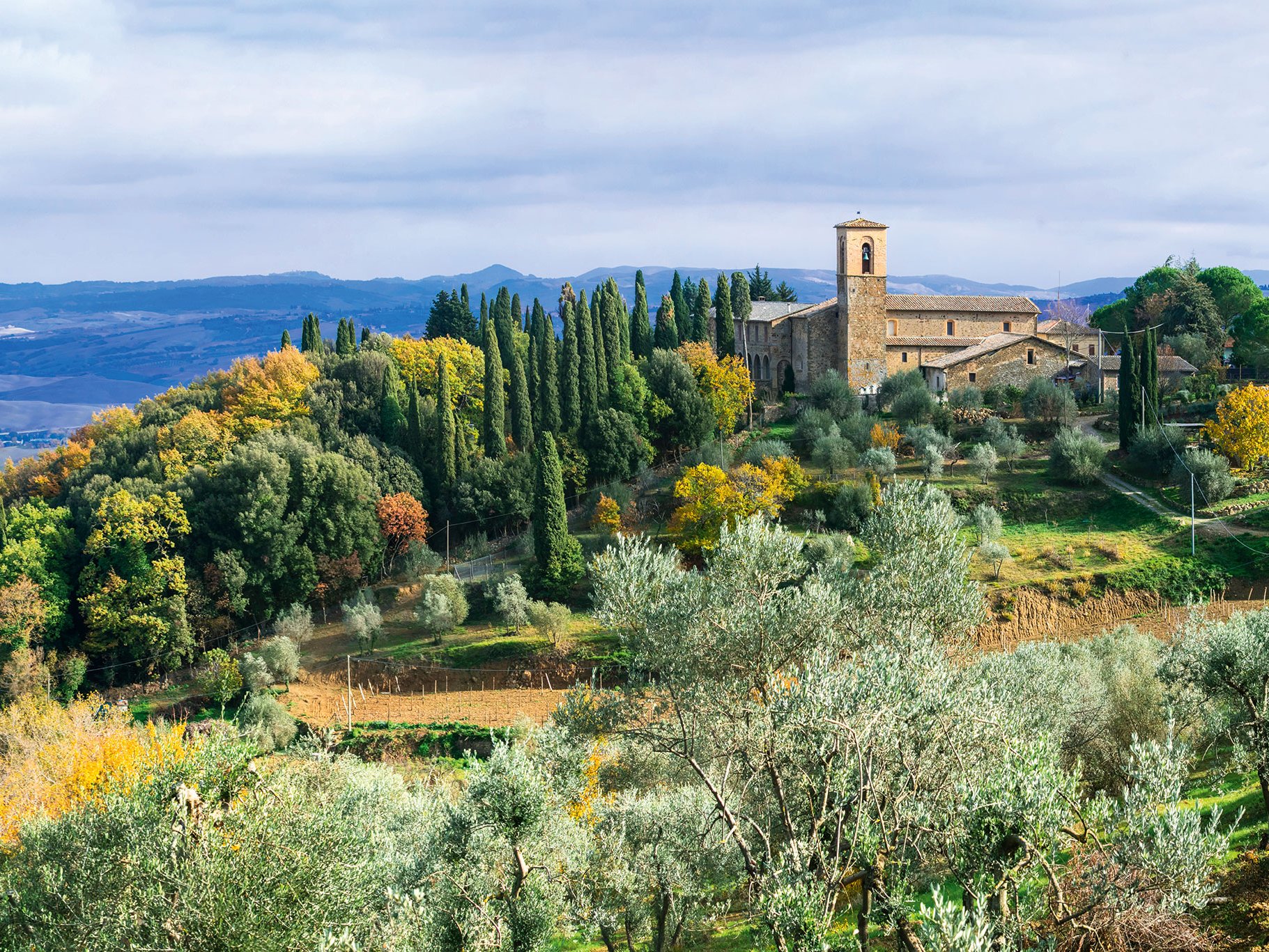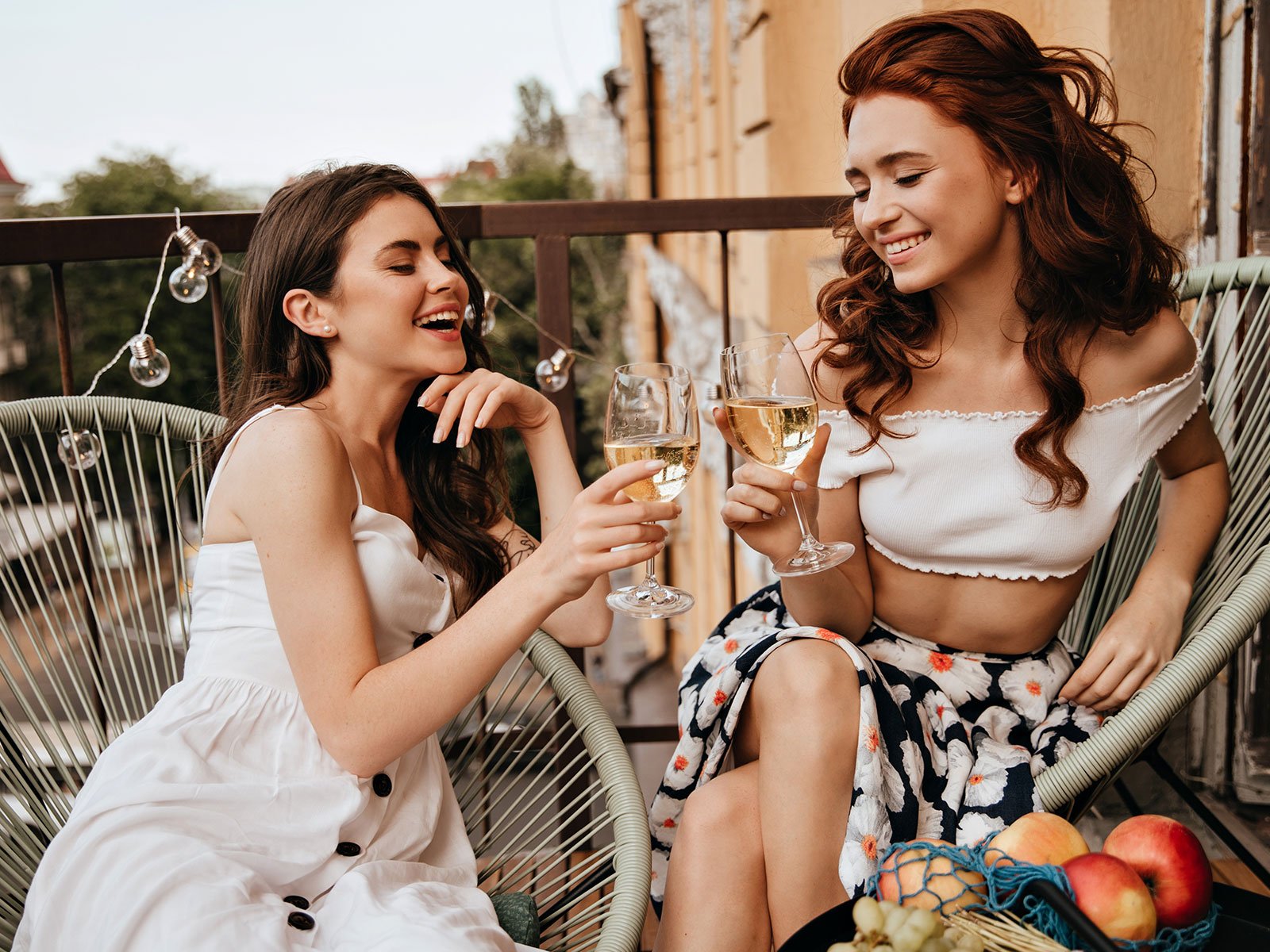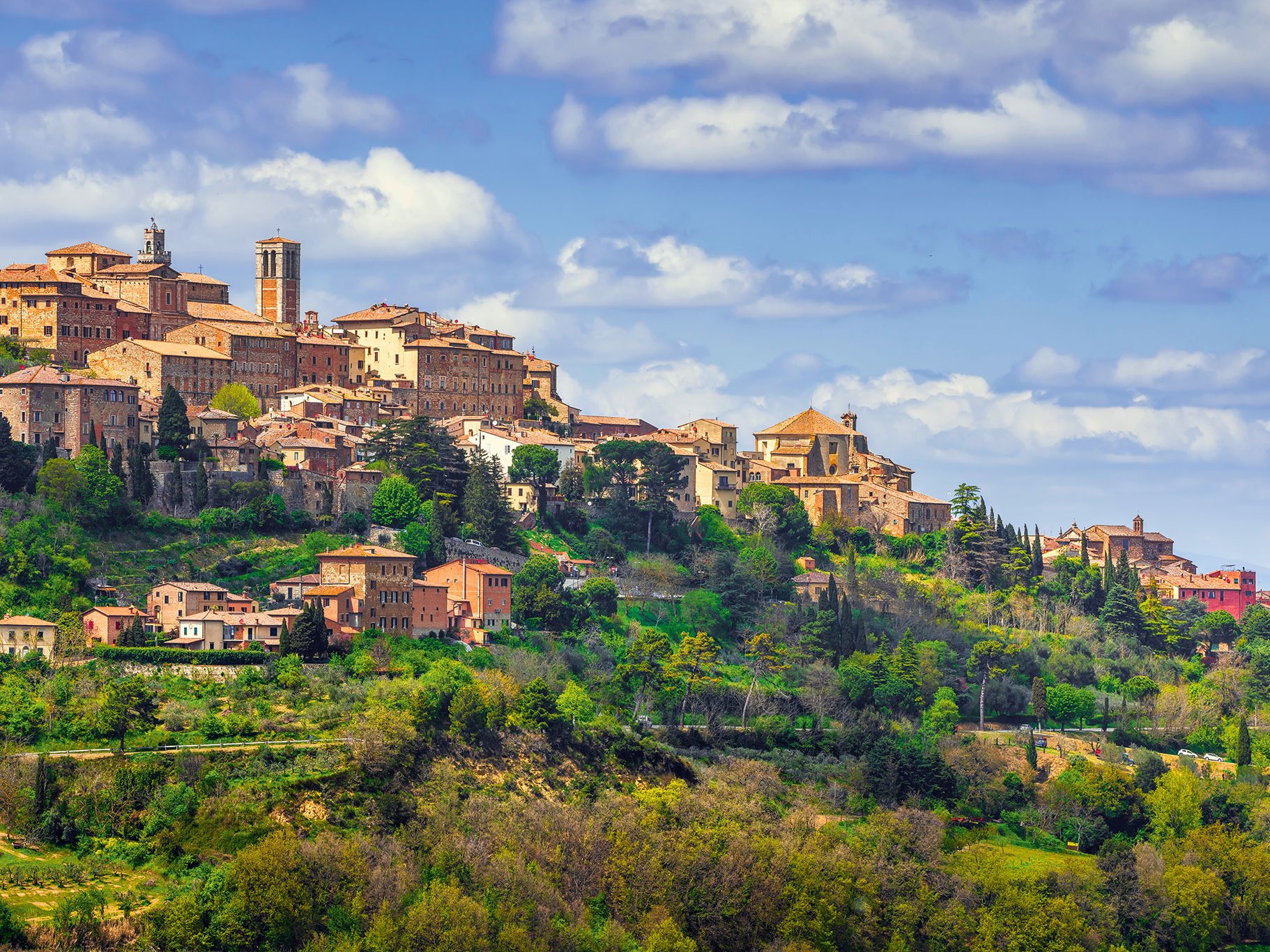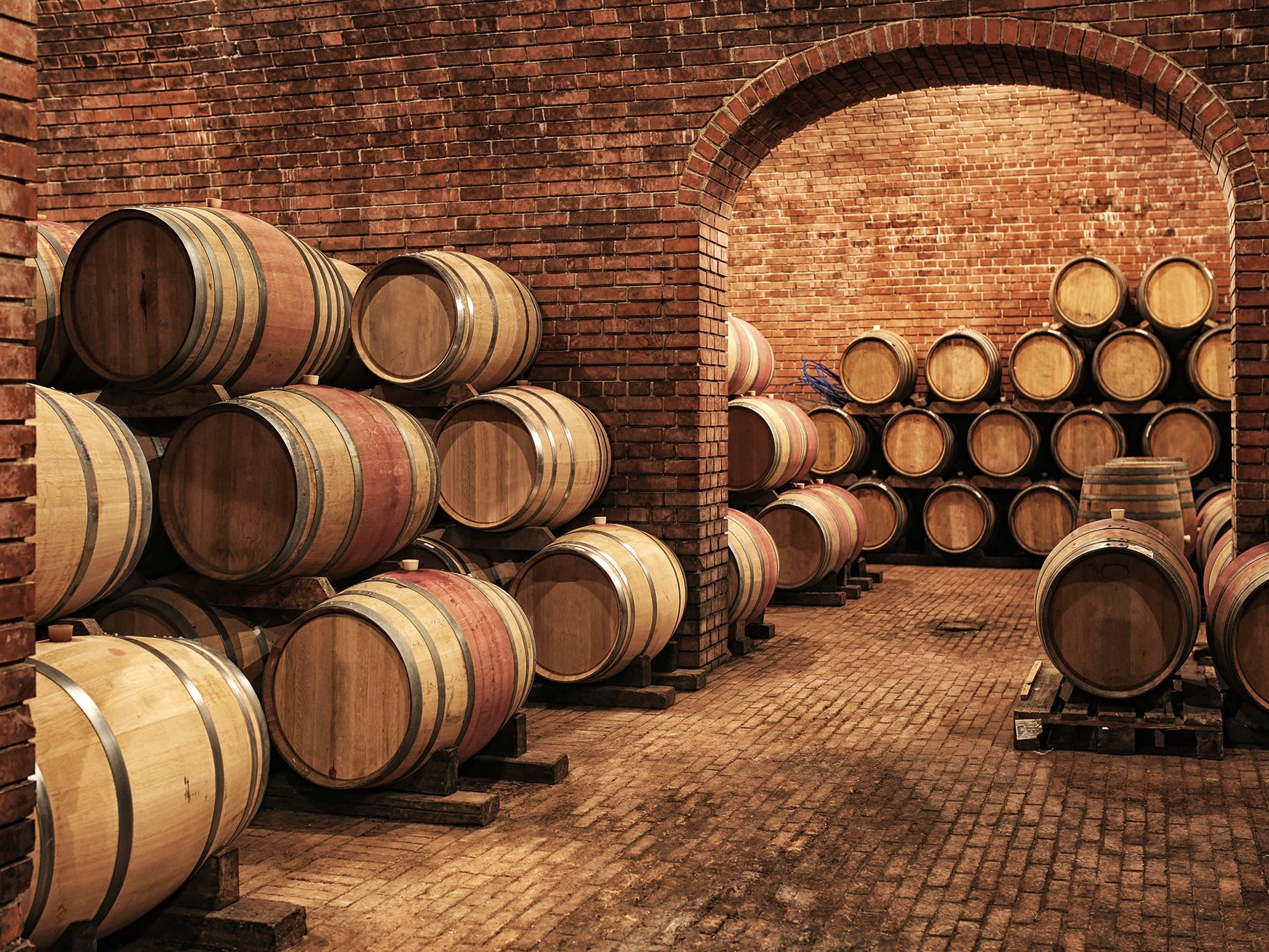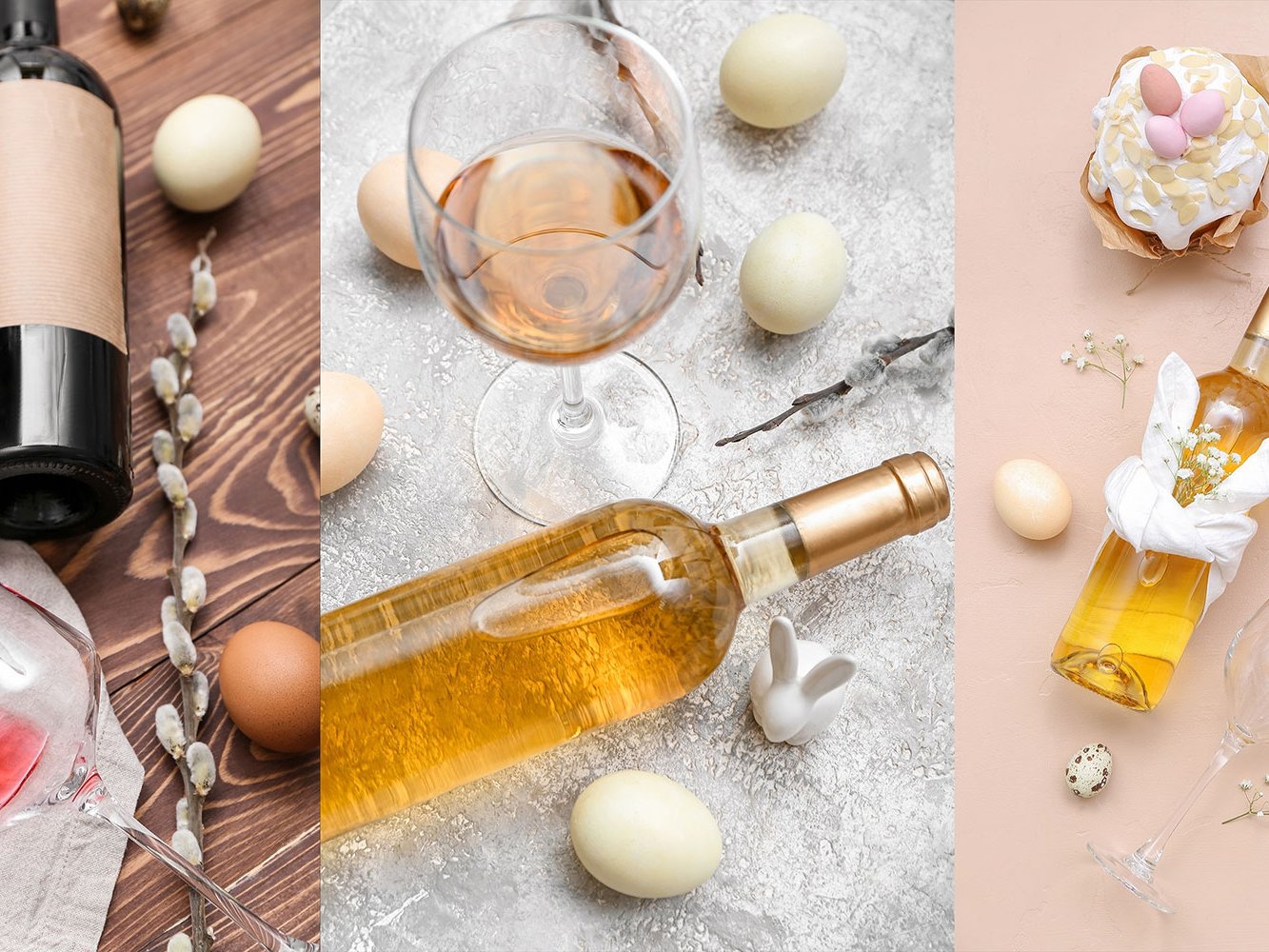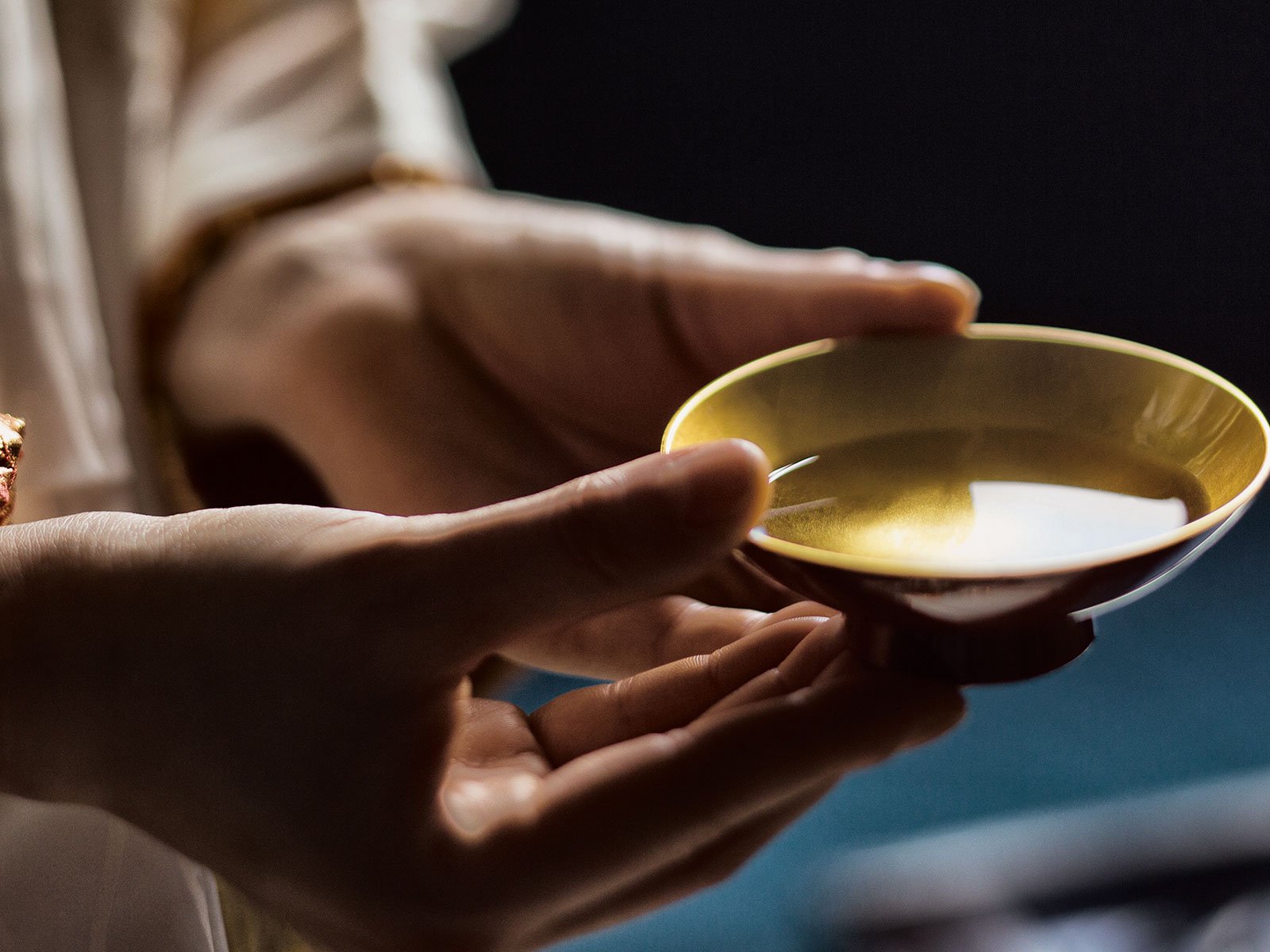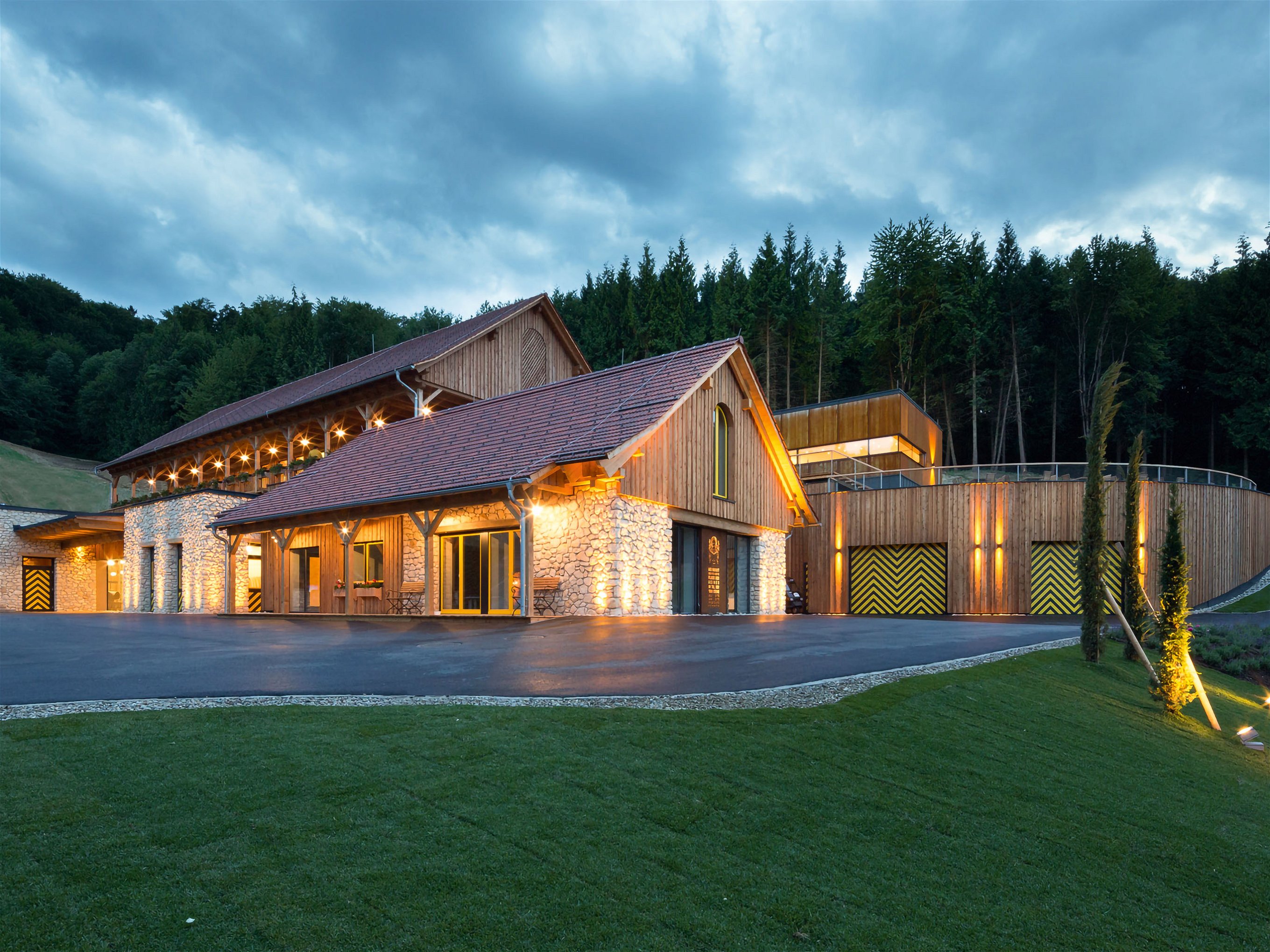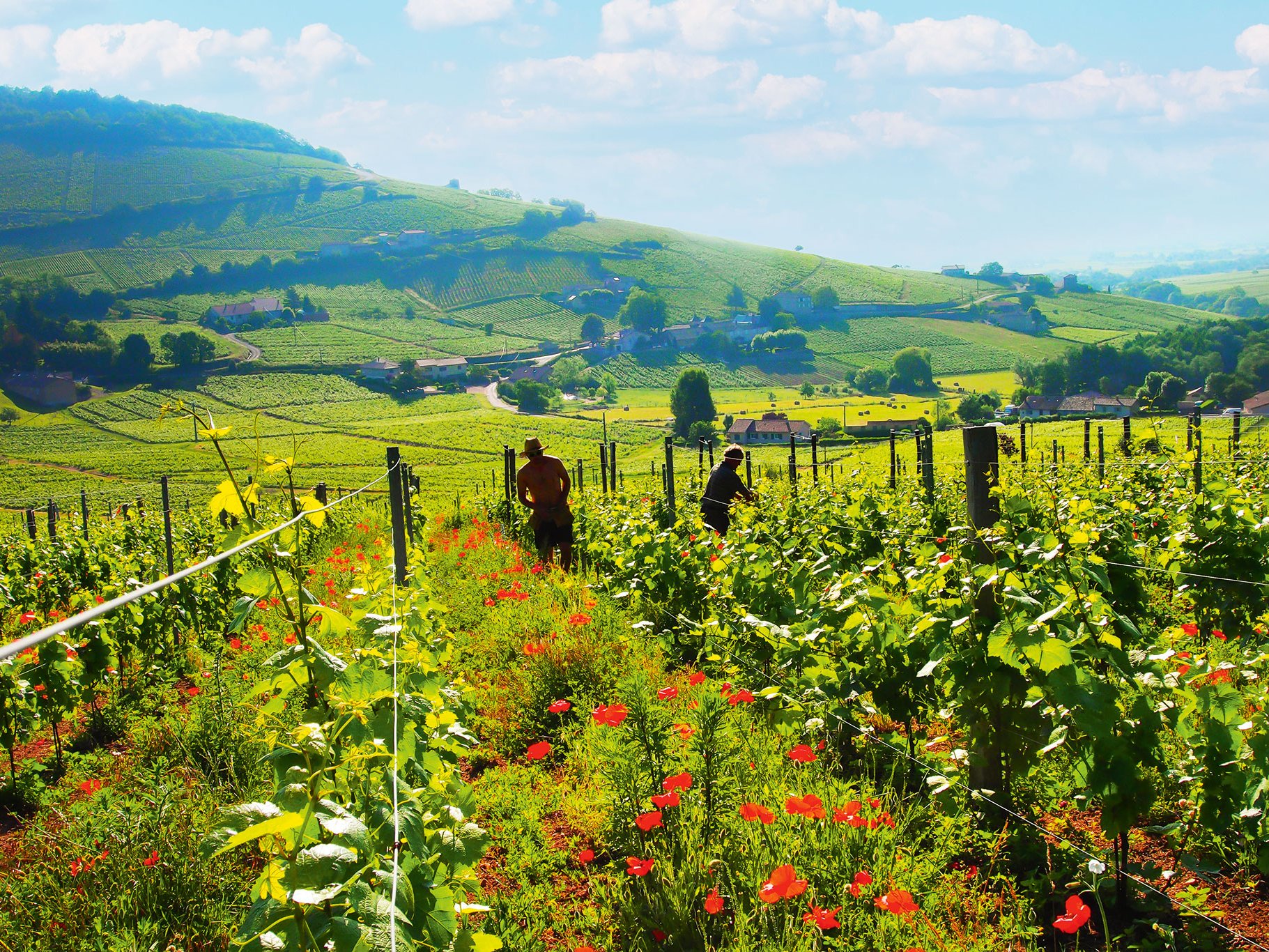Château de Fargues: What Comte Lur Saluces Did Next
Where does one go after an illustrious career making one of the world’s most iconic wines? For the Lur Saluces family the answer is: back home.
Count Alexandre de Lur Saluces is the famed French viticulturist who managed Château d'Yquem for 36 years, the crown jewel in the Lur Saluces portfolio of estates that also included Filhot, Coutet, Malle and Fargues, and the world’s most famous estate for sweet wines. His family’s reign in Sauternes stretches back over half a millennium from the marriage of Pierre de Lur and Isabeau de Monferrand at Fargues in 1472. The Saluces name came into the family a century later when Jean de Lur married Catherine-Charlotte de Saluces, heiress of the great Marquis of Piedmont in 1586.
From fabled Yquem to Fargues
Alexandre’s uncle Bertrand de Lur Saluces helped create the appellation of Sauternes and fought against counterfeits that tainted the image of Sauternes around the world between the First and Second World Wars. Bertrand was co-owner of Yquem and eventually appointed his nephew Alexandre de Lur Saluces as the executive director of Château d'Yquem until 2004 when LVMH bought the remaining portion of the family’s shares appointing Pierre Lurton as the new president.
Alexandre was 70 years old at this crossroad but instead of retiring he turned his full energy to Château de Fargues, also in Sauternes, expanding the vineyard holdings, renovating the 14th century fortress, and most importantly initiating his son Philippe, the 16th generation, into the family business.
Reframing Sauternes
After spending several years abroad in Asia, Philippe is now a key agent in the renaissance happening at the family estate. Reframing Sauternes, and specifically Fargues, as a serious wine for the dinner table instead of a ‘special occasion sweet wine’ to be sipped with pudding was an eye-opening lesson at a recent tasting and may just be the saviour Sauternes needs to curb the downward spiral of sugar consumption in all forms.
“Don’t call it a dessert wine,” Philippe de Fargues cautions of the Sauternes wines he presented at an extraordinary lunch at the Ritz in London in May. The event was held as part of the 550-year celebration of the Lur Saluces family and lucky guests enjoyed three vintages – 2002, 1997, 1990 – paired with a menu designed by executive chef John Williams. “We don’t serve dessert at the Château,” continues Philippe, “our wine should not be paired with sweetness. It is the wine’s sweetness that combines with complex savoury dishes to make a magical pairing.”
Sweet transformations
Philippe proved tenfold that Sauternes needs to be taken seriously as a versatile, provocative, and flavourful wine pairing option through the carefully considered menu of ceviche of scallop, apple and marigold with the 2002 vintage; lobster with spiced carrot purée and lemon verbena with the 1997 vintage; Bresse duck over apricot and caramelised walnut with the 1990 vintage. Indeed, the mature 1997 and 1990 vintages are so intensely layered and complex that sugar is the last thing on one’s mind when experiencing them. “They are eating their sugar away,” Philippe suggests of the ageing wines. Not literally, as the residual sugar remains constant with bottle age but its interaction with the wine and the overall perception are completely transformed with time. A beautiful promise for what to expect at Fargues.

